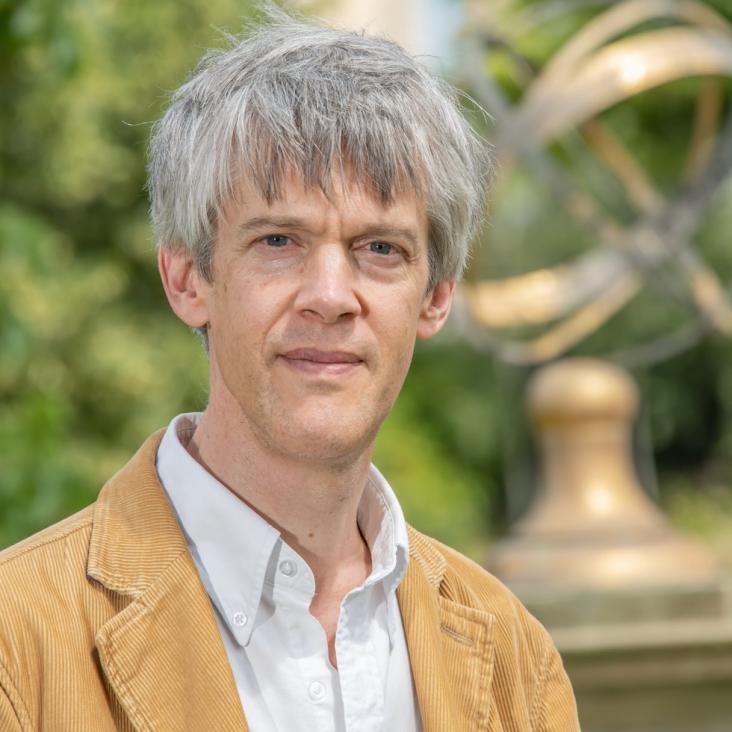Stable Isotope Dating of Historic Buildings
Vernacular Architecture Taylor & Francis 50:1 (2019) 78-87
Stable Isotope Tree-Ring Dates: List 1
Vernacular Architecture Taylor & Francis 50:1 (2019) 88-93
Age estimates for hominin fossils and the onset of the Upper Palaeolithic at Denisova Cave
AMERICAN JOURNAL OF PHYSICAL ANTHROPOLOGY 168 (2019) 103-103
Radiocarbon re-dating of contact-era Iroquoian history in northeastern North America
Science Advances American Association for the Advancement of Science (AAAS) 4:12 (2018) eaav0280-eaav0280
Abstract:
When and Why? The Chronology and Context of Flint Mining at Grime’s Graves, Norfolk, England
Proceedings of the Prehistoric Society Cambridge University Press (CUP) 84 (2018) 277-301


